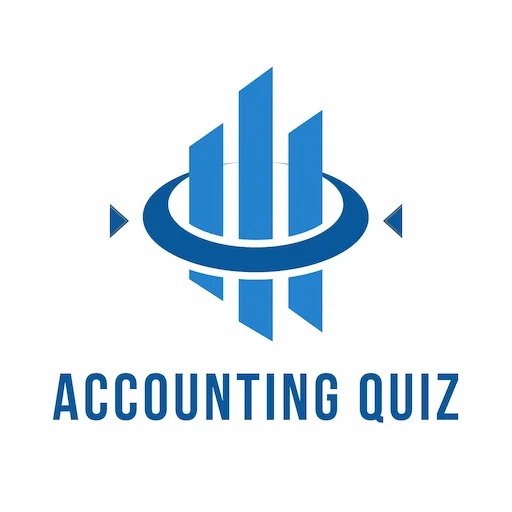Convertible Bonds
Convertible bonds, typically issued with maturities of 5–10 years, give bondholders the option to exchange the bond for a specific number of shares of the issuing corporation’s common stock. This gives bondholders the opportunity to profit from increases in the value of the common shares. Regardless of the price of the common shares, the value of a convertible bond will be at least equal to its bond value without the conversion option. Because the conversion option is valuable to bondholders, convertible bonds can be issued with lower yields compared to otherwise identical straight bonds.
Essentially, the owner of a convertible bond has the downside protection (compared to equity shares) of a bond, but at a reduced yield, and the upside opportunity of equity shares. For this reason convertible bonds are often referred to as a hybrid security—part debt and part equity.
To issuers, the advantages of issuing convertible bonds are a lower yield (interest cost) compared to straight bonds and the fact that debt financing is converted to equity financing when the bonds are converted to common shares. Some terms related to convertible bonds are:
- Conversion price: The price per share at which the bond (at its par value) may be converted to common stock.
- Conversion ratio: Equal to the par value of the bond divided by the conversion price. If a bond with a $1,000 par value has a conversion price of $40, its conversion ratio is 1,000 / 40 = 25 shares per bond.
- Conversion value: This is the market value of the shares that would be received upon conversion. A bond with a conversion ratio of 25 shares when the current market price of a common share is $50 would have a conversion value of 25 × 50 = $1,250.
Even if the share price increases to a level where the conversion value is significantly above the bond’s par value, bondholders might not convert the bonds to common stock until they must because the interest yield on the bonds is higher than the dividend yield on the common shares received through conversion. For this reason, many convertible bonds have a call provision. Because the call price will be less than the conversion value of the shares, by exercising their call provision, the issuers can force bondholders to exercise their conversion option when the conversion value is significantly above the par value of the bonds.
